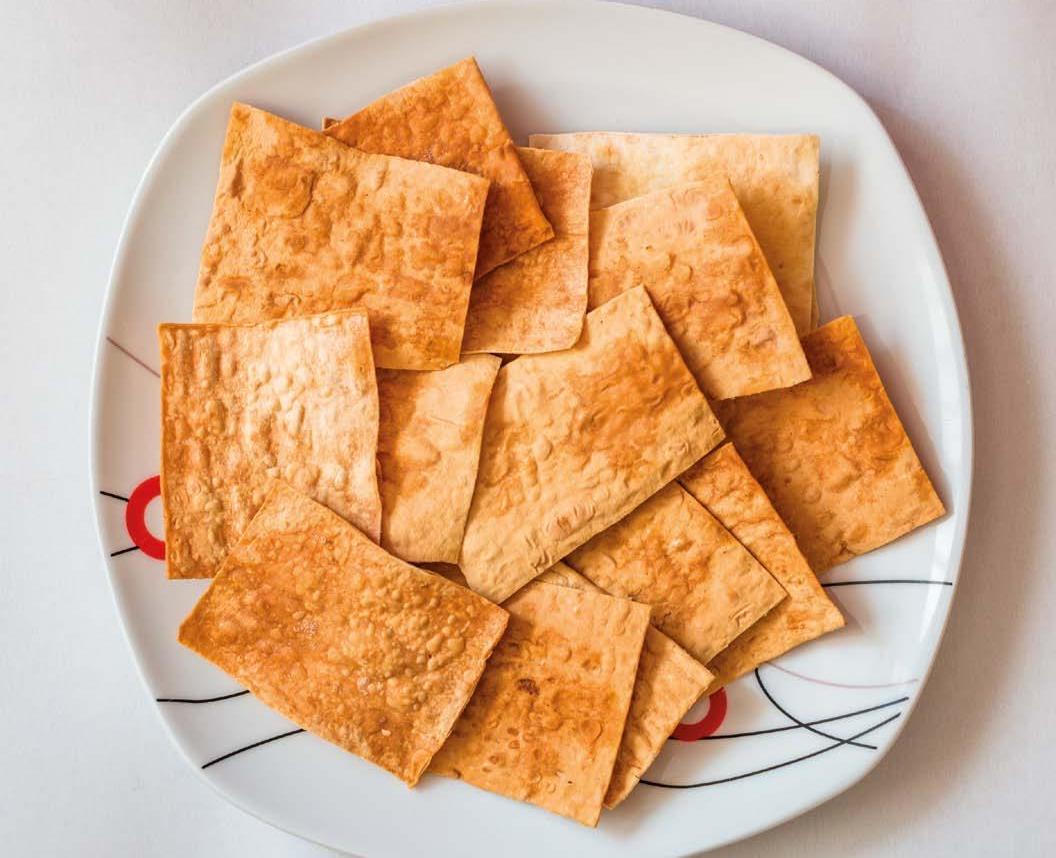
2 minute read
St Lucian Easter treats
From bun and cheese in Jamaica to crab matoutou in Martinique, culinary treats are a beloved Easter tradition across the Caribbean. So what do St Lucians look forward to, come Easter weekend? Writer John Robert Lee, with help from his wife Veronica, shares some of the island’s traditional Easter dishes with Shelly-Ann Inniss.
Some Caribbean countries have a go-to cookbook. Is there one in St Lucia?
Advertisement
Our favourite St Lucian cookbook is Manjé Kwéyòl: Food Culture in St Lucia. It gives useful information about how our food reflects Kwéyòl culture, and provides recipes for traditional foods and drinks.
What top Easter recipes does it highlight?
Akwa lamowi — which are saltfish accra or bakes — kolédé, and pennépis. Kolédé is an accra made with a mixture of small fish — for example, sardines, or a tiny river fish called twi-twi caught at the river mouth with baskets — and flour batter.
And how would you describe pennépis?
Pennépis, or “penny-a-piece” — or “pain d’épice,” spice bread, as Derek Walcott calls it in his poetry, using the French spelling — with its strong ginger taste was always a favourite Easter treat — and still is. It is flat, like a large brown wafer, crunchy, with protuberances of the chips of ginger over it. Some say the burning sensation from the ginger will remind you of Jesus’s pain and passion.
Do you have any fond memories around cooking at Easter?
I’ll have to consult my wife Veronica for her memories.
What does Veronica recommend for an Easter snack?
She recommends the kolédé, also a confectionary called konfiti patat, and a drink called mango colada. All these recipes are found in the Manjé Kwéyòl cookbook, and no doubt familiar in creative versions to our Caribbean family. I’ll enjoy those, and some pennépis.
Pennépis
Ingredients: ½ lb flour ¼ lb sugar ½ cup water ¼ lb fresh ginger
Preheat oven to 350° F.
Combine sugar and water in a pan. Simmer over medium heat and stir until the sugar is completely dissolved and forms a syrup. Then allow mixture to cool.
Peel the light skin off the ginger (you can do this easily by scraping it with a small sharp knife), wash, and grate finely, then add ginger to flour.
Slowly add sugar syrup to flour and ginger mixture and form into dough. Do not make dough too sticky.
Pull dough into two-inch pieces, and using a rolling pin or a clean one-quart bottle, roll into paper-thin sheets.
Put rolled-out dough on greased baking sheets and place in oven. Pennépis are done when they are golden brown, and you have to constantly monitor them because they cook very quickly. Try placing just one sheet in the oven at first — you may find you can just about roll out one while the previous one bakes. Don’t let them overcook, or the sugar might begin to taste bitter.
Source: islandeffect.com










